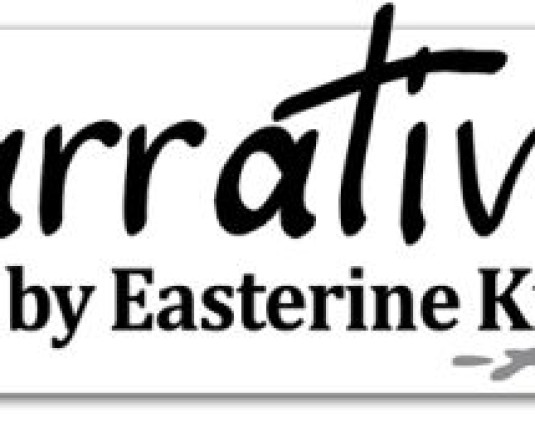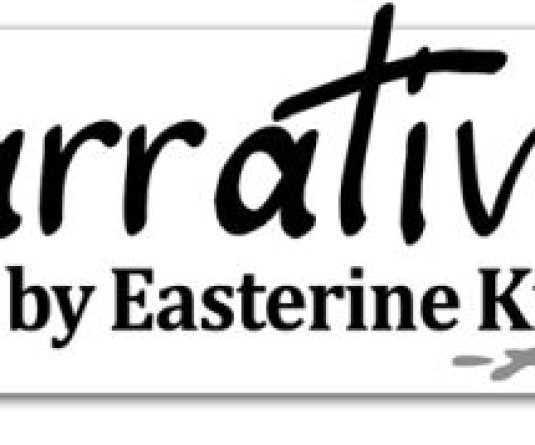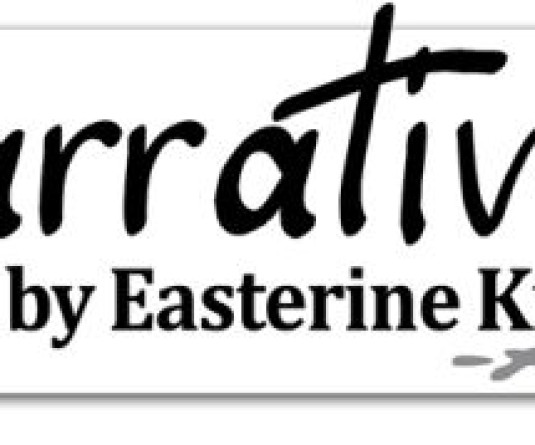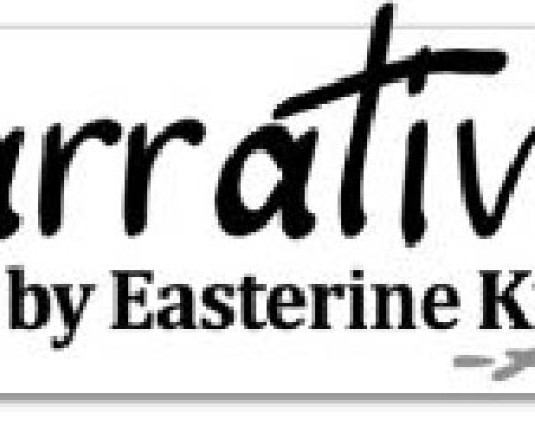
Leaves are falling. Yellow and russet leaves are throwing themselves on the ground. It’s Autumn. Summer is flown, there is snow on the mountain top, not just in the morning hours but all day. The leaves continue to fall. They don’t crunch under your feet because they fall on mulching earth, moist with rotting matter that has been accumulating all summer.
Fishermen say they can smell the ocean – it smells of seaweed, old boats and fish drying. It smells of salt. In September, the salt is in the very air and if you stand by the water, you can taste the salt as it lands on your skin. The beginning of Autumn also heralds the end of the year, and in a way, the end of life as it has been lived in the passing year. You see it in the way the shadows gather only too quickly, and in the sunshine that is losing its warmth.
On the street corner is a pot of geraniums blooming profligately. Further on, pink hydrangeas brighten a grey street from which all other colours have gone. The blooming flowers look like a desperate last stand. The same despair with which one fights the accusation that the year had been lived in vain, and that life is not worth living.
In some cultures, this season represents the end of the old year and the beginning of a new year. For example, the Jewish New year, according to their lunar calendar, began on the 6th September. Yom Kippur is also being celebrated at this season. One for Israel, the website of Messianic Jews explains that Yom Kippur, is recognised as ‘a sort of national ‘reset’ button for the people of Israel. Once a year, the whole community got to start over completely afresh, back to factory settings. His mercies are new every morning, no matter what we have done or where we came from. We can always ask forgiveness and start completely afresh with Him. What an awesome picture of Calvary God painted for us in this special biblical day.’
As the nation stops to observe this festival across the length of Israel, fasts will be undertaken for 24 hours and synagogues will hold special Yom Kippur services. It is the day of atonement and considered as the holiest day for Israel, as Jews spend the day in quiet contemplation – a custom of the festival which has become an ingrained part of Jewish culture.
The Naga festival that is very similar to the Jewish New year festival is the feast of the Chang Nagas, Naknyulum. Unlike other festivals, Naknyulum is accompanied by many prohibitions. Marriages are never contracted at this festival as it is one of the activities considered taboo. When the Chang Nagas welcome the New Year, it is done with unusual gravity.
Chingmak Chang further explains the correlation of the two festivals in this manner: ‘The Jewish New Year is considered very solemn and it is a time of prayer and repentance. It is believed that the soul of man stands in the presence of God and it is on New Year’s that God decides the fate of every soul for the following year. Naknyu Lum is considered very sacred too, and so, Changs do not dance or sing songs during the Naknyu. Rather, prayers are said to keep away the evil (spirits) because like the Jews, Changs believe that God decides who should live and who should die the following New Year. Naknyu also marks the onset of winter and thus, on the last day of Naknyu, the villagers clean the house and clear all the paths leading to the fields to usher in blessings for the New Year.’
The solemnity that marks both festivals is remarkable. The inward-looking, soul-searching aspect of both festivals cannot be merely coincidental. I sincerely hope the affinity between Jewish culture and festivals and Naga cultural life and festivals will not be overlooked. It solicits research and dedicated study so we can better understand not only our cultures, but discern our spiritual roots and find out the wrong turnings we have taken.
The Autumn months are shot through with a short-lived beauty. The brilliantly coloured leaves don’t stay long on the branches. A certain darkness creeps in at the end of each day. It is still Keats’s season of mellow fruitfulness, but something about the shortening of daylight hours fosters meditative moments. It is as though the dark is bidding man to think about the end of his days, while pointing to new beginnings of life.






